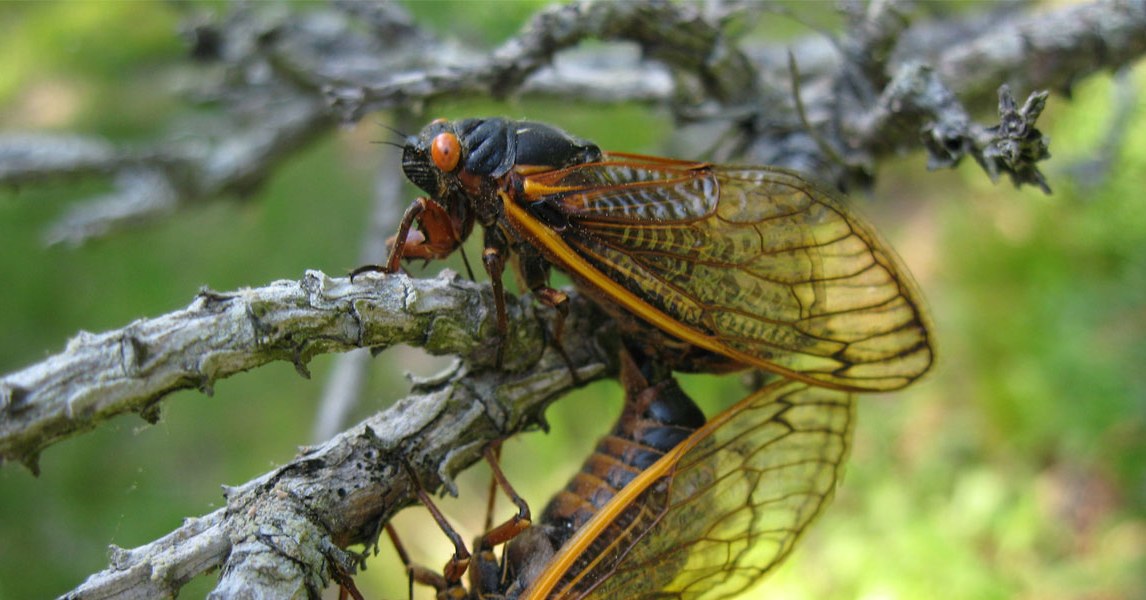Cicadas Primed for Defense wired.com
posted by
 AkihabaraBot
|
6 years, 2 months ago
AkihabaraBot
|
6 years, 2 months ago

"Their life cycles have been suspicious since the beginning," said John Cooley, who collaborated on the research with researchers in Japan.
A leading theory is that long, prime-numbered life cycles minimize the likelihood that the 13-year broods and 17-year broods will ever mate.
But the large prime numbers 13 and 17 only match up every 221 years.
Yoshimura's model shows that this negative consequence of hybridization could explain the prime life cycles.
Webb also mentioned another hypothesis: that the prime numbers are coincidental, and not significant at all.